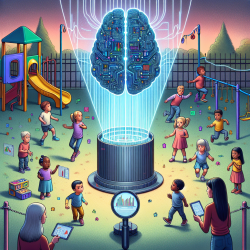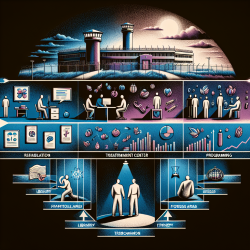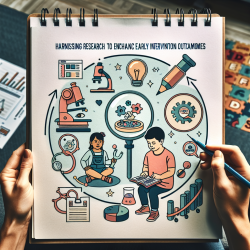Introduction
Attention-deficit/hyperactivity disorder (ADHD) is a prevalent neurobehavioral disorder impacting children's educational and social outcomes. Traditional diagnostic methods are often subjective and inefficient, relying heavily on qualitative assessments. A recent study titled "A Robust Machine Learning Based Framework for the Automated Detection of ADHD Using Pupillometric Biomarkers and Time Series Analysis" introduces a novel approach that could revolutionize ADHD diagnostics.
Research Overview
The study proposes using machine learning to analyze pupillometric data—specifically, pupil-size dynamics—as objective biomarkers for ADHD detection. The framework employs advanced feature engineering and visualization techniques alongside binary classification algorithms. The support vector machine classifier achieved impressive results, with an AUROC of 85.6%, sensitivity of 77.3%, and specificity of 75.3% on a dataset of 50 patients.
Key Findings
- Pupil-size dynamics were identified as significant differentiators between ADHD positive and negative subjects.
- Engineered features such as Fourier transform metrics, absolute energy, and pupil-size dilation velocity were statistically significant (p < 0.05).
- The study highlights the potential of pupillometrics as a discriminative biomarker for ADHD, paving the way for more objective and efficient diagnostic tools.
Implications for Practitioners
For practitioners in speech language pathology and related fields, integrating these findings into practice could enhance diagnostic accuracy and treatment planning for children with ADHD. The objective nature of pupillometric analysis could complement traditional methods, reducing the risk of misdiagnosis and ensuring timely intervention.
Encouraging Further Research
While the study provides promising results, it also underscores the need for further research with larger datasets to refine the machine learning models and improve their generalizability. Practitioners are encouraged to collaborate with researchers to expand the dataset and explore additional oculometric features that could enhance diagnostic accuracy.
Conclusion
The integration of machine learning with pupillometric analysis represents a significant advancement in ADHD diagnostics. By leveraging data-driven insights, practitioners can improve outcomes for children with ADHD, ensuring they receive the appropriate support and interventions. For those interested in delving deeper into the study, the original research paper can be accessed here.










